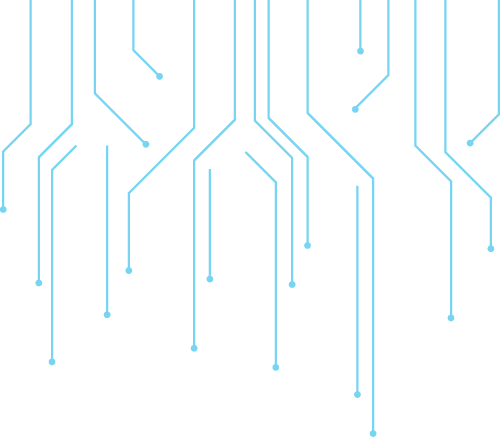
Jiao Tong University Second Affiliated School
Entering the Arduino World
Making Creativity a Reality
Documentary on the Arduino Electronic Design Course
On April 12, 2024, the Innovation Practice Course “Arduino Electronic Design Course” jointly conducted by the School of Electronic Information and Electrical Engineering of Shanghai Jiao Tong University and the Science and Technology Innovation Practice Base of Jiao Tong University Second Affiliated School welcomed its sixth class of the semester. Students from Jiao Tong University learned about servo motors in the Jiao Tong E Valley Training Camp, using Arduino programming language to implement servo rotation, swinging, analog-to-digital conversion, and display. Through practical experience, students further familiarized themselves with Arduino programming and electronic design capabilities, gaining a deeper understanding of the working principles of servos and display control methods, and expanding their knowledge in new areas of electronic design, benefiting greatly.
Course Content
This course led students to learn about the operation functions of analog I/O ports, digital I/O ports, serial communication functions, and how to apply them to servo motors. A servo is a type of motor that uses a feedback system to control the position of the motor, allowing for precise control of the motor’s angle. Most servos can rotate a maximum angle of 180°, but there are also servos that can rotate larger angles, even up to 360°, used in scenarios where specific angle control is required, such as cameras and front-mounted detectors for smart cars that need to monitor within a certain range on a mobile platform.





Exciting Classroom
Through learning the working principles and control methods of servo rotation and swinging, students learned about analog-to-digital conversion and display, implementing servo rotation from 0 to 180 degrees using loop statements through Arduino programming, achieving AD analog voltage conversion. During the experimental operations, not every student had a smooth experience; some made typos in their code, some connected the wrong pins, and others encountered poor circuit board connections. However, each student diligently researched and summarized their experiences through trial and error, and with the careful demonstrations and guidance from the teaching assistants, they successfully overcame various challenges and achieved the preset effects. Students actively interacted, thought critically, and the classroom atmosphere was lively, continuously stimulating their desire for knowledge while further enhancing their practical cognitive abilities, looking forward to continuing their in-depth research in the next class towards their established goals.








Student Reflections
Class 9, Pre-High School – Luo Zixiao:
In this course, we learned about servos. As the name suggests, a servo is like a steering wheel that controls direction. Initially, the teacher introduced us to the applications of servos, explaining that servos are an essential part of automobiles, airplanes, and other machines. Without servos, any machine would be like a headless fly, either crashing around or standing still. The teacher explained the wiring of servos in detail—if not operated correctly, it could easily damage the servo. Wiring also requires a breadboard. Fortunately, the initial servo calibration and wiring involved fewer connections, making it relatively simple, and all students completed it successfully. However, simply making it swing regularly is not enough; we need to set a defined variable for better application, which posed some difficulty. Even though the teacher drew wiring diagrams on the whiteboard, we still had some trouble understanding. With the teaching assistants’ meticulous explanations, we finally succeeded, and seeing the servo move according to our commands made us all very happy.
Class 9, Pre-High School – Zhang Ruiqi:
Today, we learned about “rudders.” Long ago, people invented rudders, mainly used on ships to control direction. Now, with the development of technology, rudders are widely used in various objects around us. They can be found in the lids of smart trash cans, on automatic doors, and even in airplanes. In class, the teacher taught us how to control servos using Arduino, first introducing the three input wires of the servo: the red power wire, the black ground wire, and the signal wire. Then we learned how to write program code to control the servo’s swinging. My partner Gui Haoran and I worked together; he wrote the code while I built the circuit. At first, our servo wouldn’t turn at all, but after the teaching assistant’s careful guidance, we patiently debugged through two failures, and finally, our servo achieved the transition from 0 degrees to 180 degrees. At the moment we saw the “rudder” turn, we felt a great sense of accomplishment. This lesson also prepares us for controlling a small car, and we are very much looking forward to the next class where we will install the “rudder” on our small car.

Shanghai Jiao Tong University Second Affiliated School
Website: http://www.jd2fz.sjtu.edu.cn
WeChat ID: shjd2fz
